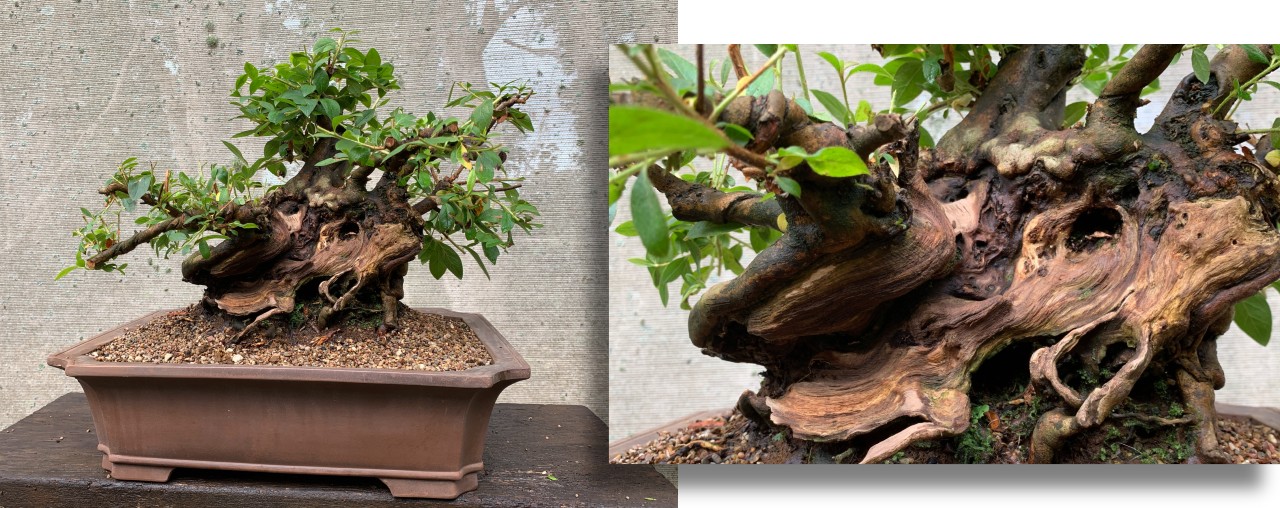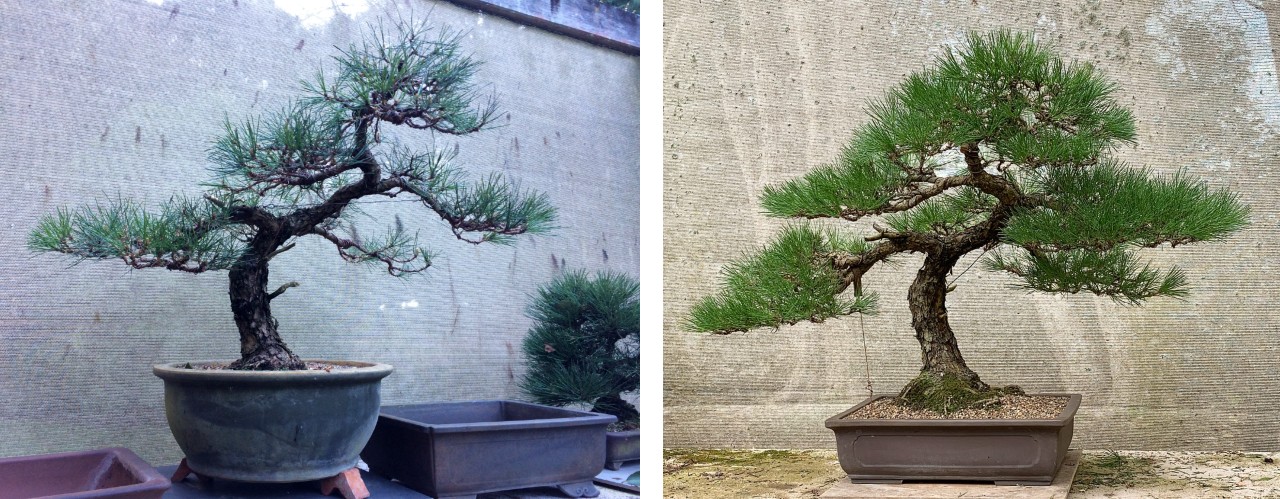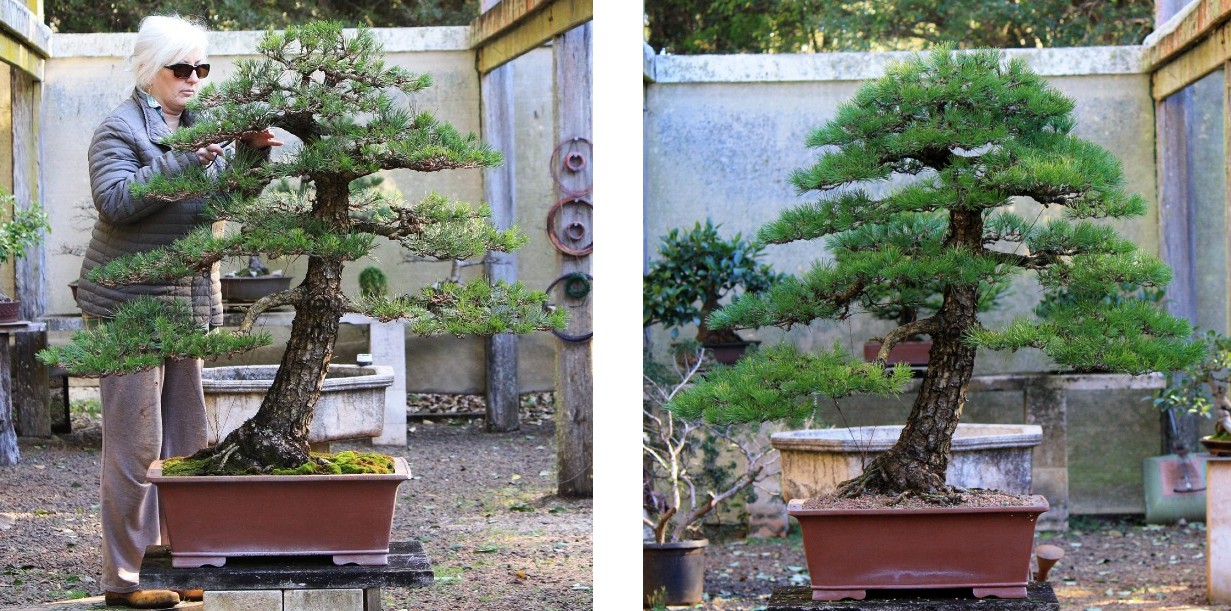A Genesis of Design
Today I received a text message from a bonsai friend. This well respected bonsai friend has been practicing the art of bonsai for well over 50 years, has a large collection of high quality bonsai, and really didn't need to develop any more bonsai. So i was supprised when he texted me with two images of trees he has just started to develop as bonsai.!!
One comment in his text inspired me to write this article...
"I've forgotten how much I get out of starting a new tree."
I agreed whole-heatedly with his comment and remembered an article I read in an old Bonsai Today Magazine titled "The Art of the Future". The article was about the 're-birth' of a neglected 'Aka-Matsu' named 'Tako'. Unfortunately I cannot reproduce the entire article here but it was the closing paragraphs of the article that resonated with me and which relate well with my bonsai friend's comment.
Here is that extract:
"Our trees are a metaphore for the history and the future of an inspiring bonsai culture. This culture, largely unknown to those living outside of the community, represents a collective effort in dedication to things old and timeless - to living creations passed on from generation to generation. Although Tako is an immature bonsai in need of many years of strategic feeding and applied technique, it is a collective work and, in this context, represents a bonsai heritage - the artistic leanings and horticulture care of the many who have touched its roots, trunk, limbs, and spirit.
The evolution of our designs is one of the protean and exciting elements characterising our living asthetic. Our bonsai beginnings are filled with sparks of creation and high expectations for the selective material. In this instance, the styling of the small Japanese Red Pine has imbued me with a sense of a new beginning - a rebirth - and vaguely realised dreams."
........ Bonsai Today - 56, 1998 - 4, page 46.
This is a true and concise description of the satisfaction felt when starting a tree, and ourselves, on the bonsai journey.
 Initial styling of two Catlin Elms
Initial styling of two Catlin Elms










